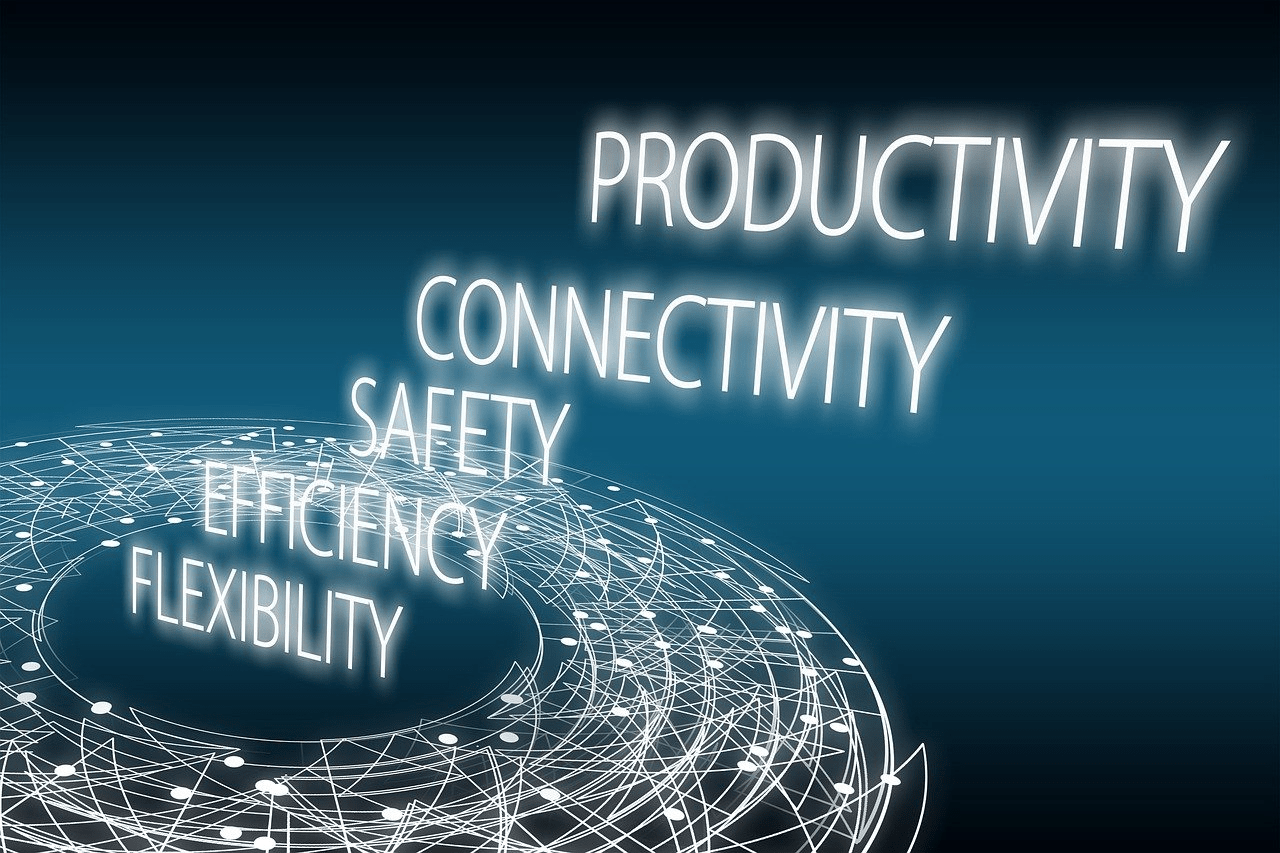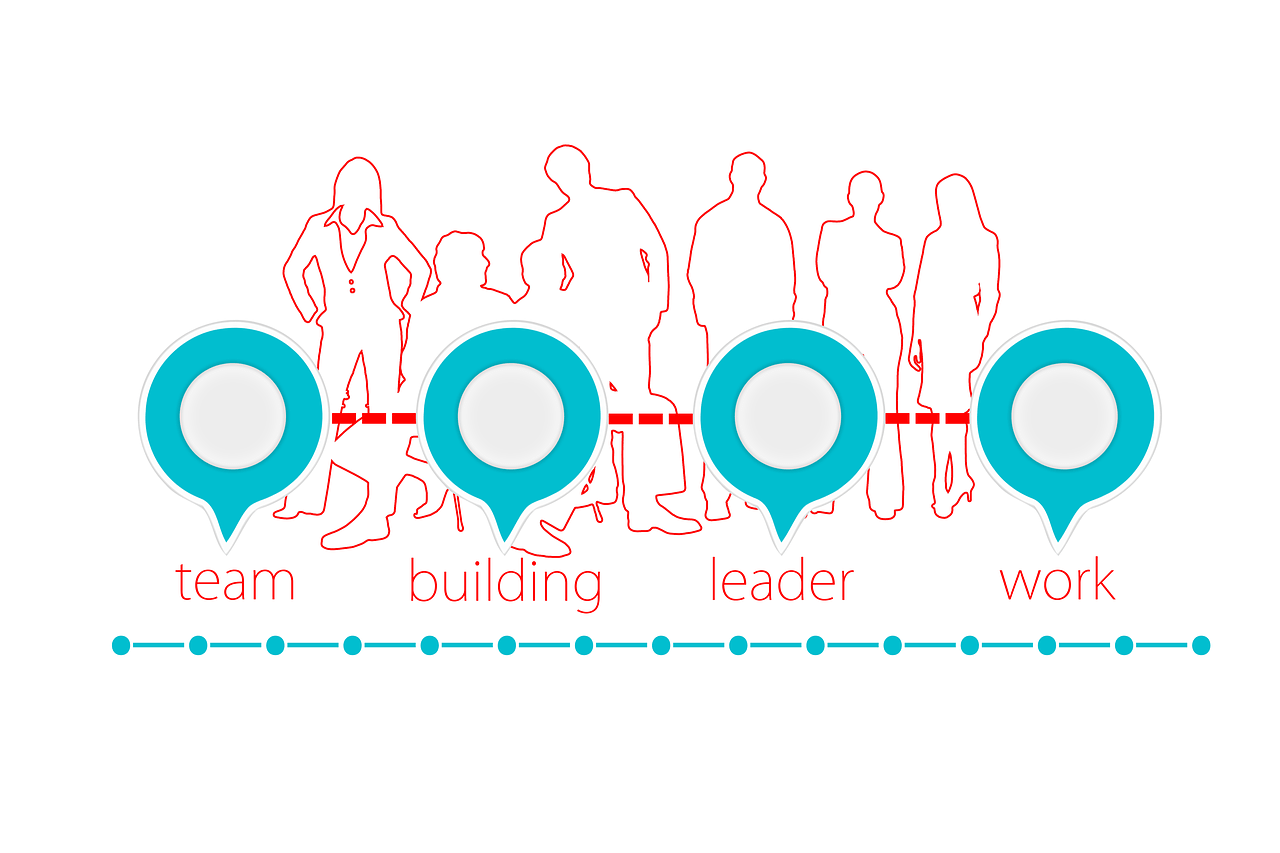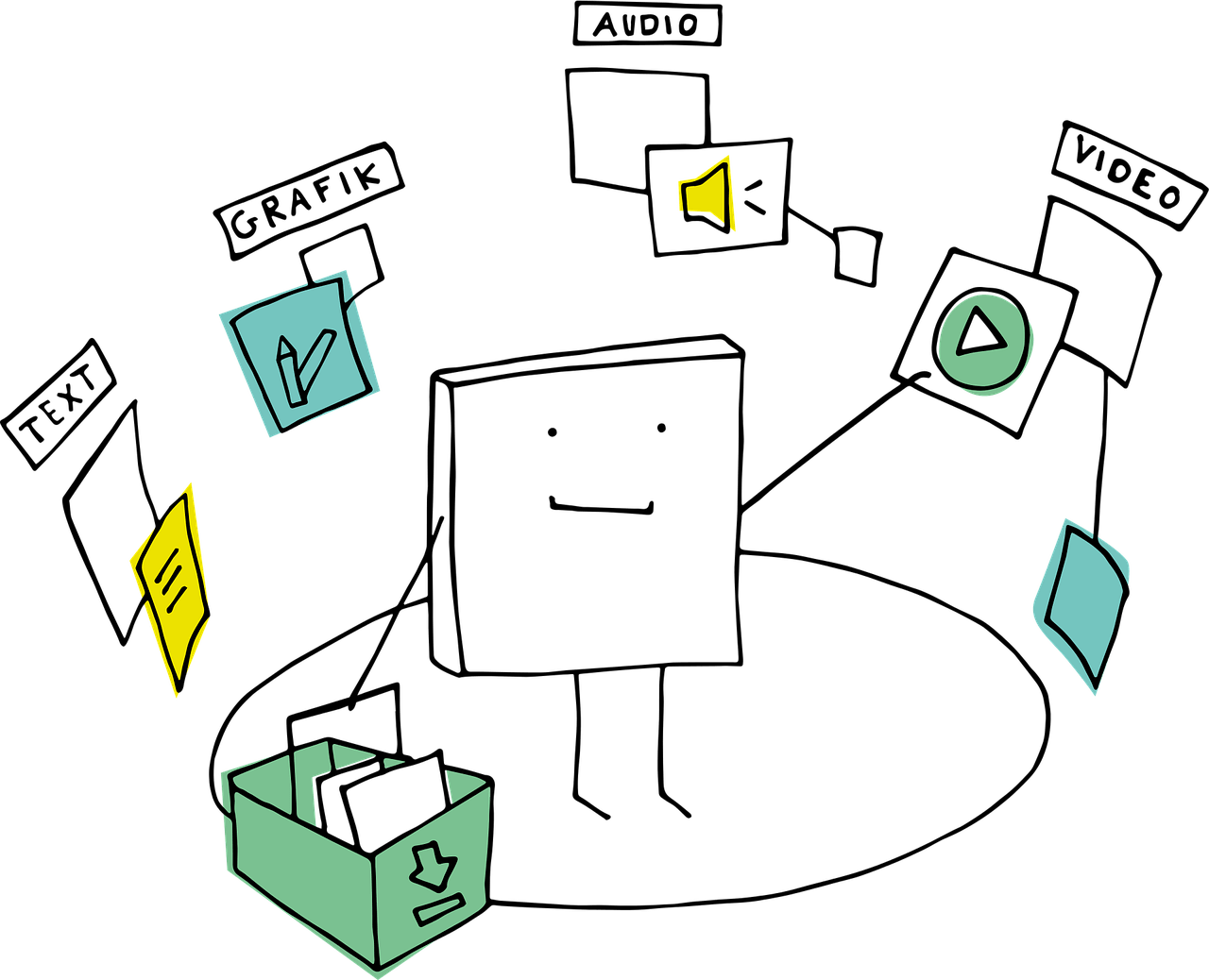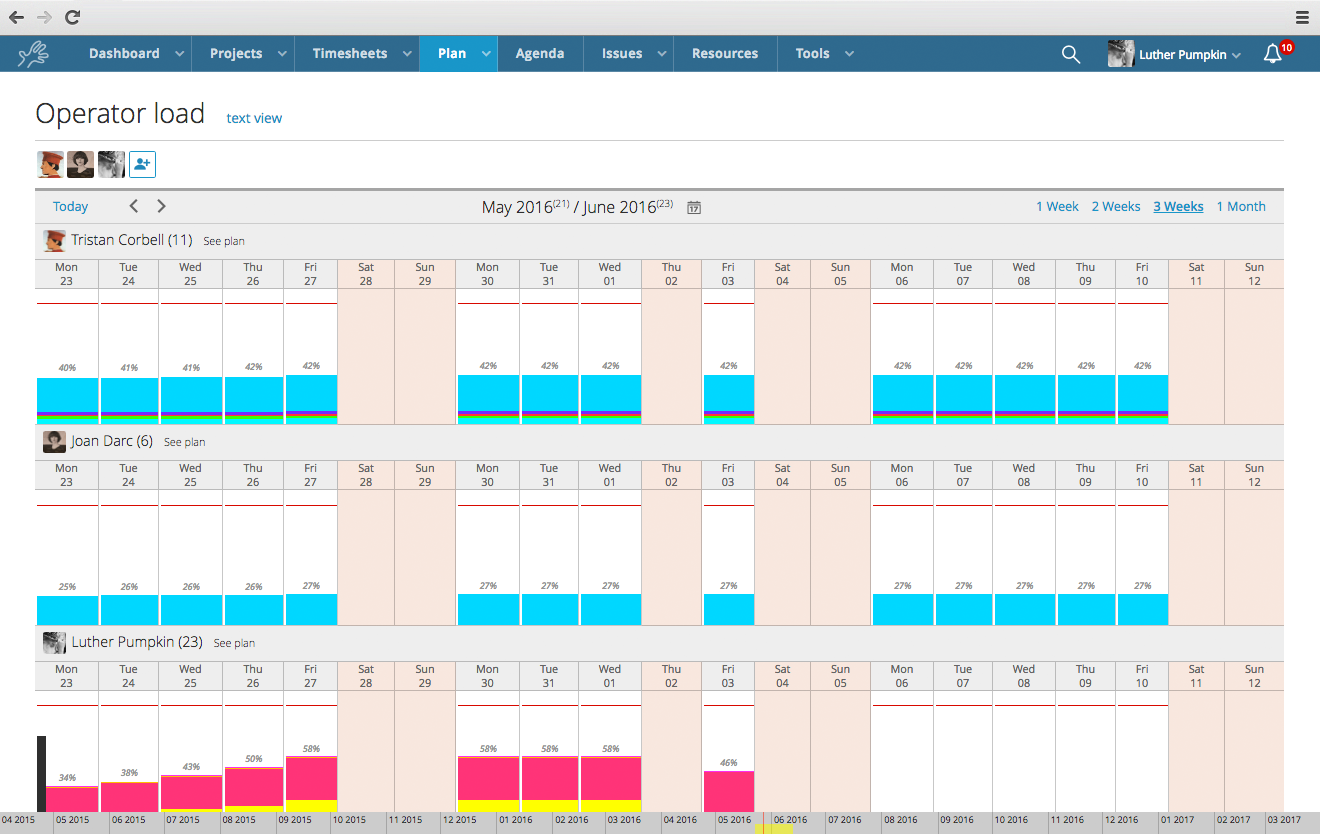Knowing how to get the most out of your team is quickly becoming a major component. Companies are, in fact, increasingly dependent on good teamwork to achieve key goals and be successful.
CONTENT
In all teams there are “Achilles heels”. Team members who have poor skills may jeopardize overall productivity, and that’s where you need to take action.
There’s one thing that should never be forgotten. Whether you’re managing a remote team or group of people in an office, you must always bear in mind that the most effective people are the ones who are happy and feel supported by their leadership.
But how can you get the most out of your team? Let’s find this out in this article.
7 tips for getting the most out of your team
To make things easier, I chose to condense the key aspects into 7 specific tips. Try sticking to them and you’ll be able to achieve incredible results from your team.
1. Set the standard and lead by example
Teams cannot know the expectations if a manager does not share them.
Having a clear standard of excellence set allows everyone to know what is expected of them.
However, knowing what the manager’s expectations are will undoubtedly be of use, but it is far more useful and inspiring to see that manager lead by example.
It may sound trite and rhetorical, but a good leader inspires trust and admiration through what they do, not through what they say.
Pushing people all day long about what they “should” be doing doesn’t even come close to producing the results that come from simply leading by example.
A manager who strives for excellence inspires everyone around them to do their best by showing the kind of work ethic and dedication that the company expects.
2. Keep things managed
No team can truly thrive without guidelines. Even the wildest human being needs some form of guidance.
Even if you were to try to get rid of the rules, your team members would create new ones on their own.
So, it makes sense for the manager to analyze the situation and keep rules and things organized for the good of the team.
To do this, managers can use good project management software to list, track and manage tasks and goals.
With Twproject, after planning the project and assigning the resources, you can manage your daily work with smart and flexible ToDo lists.

Manage your project tasks!
With Twproject you can map all your resources’ activities, organize them by priority and delegate them to achieve your project’s goals.
Try Twproject now!3. Acknowledge success
We all love being told we’ve done a good job and celebrating a big win or personal accomplishment backs that up.
It’s a simple way to build trust and inspire similar behavior in others. It may sound like a basic concept but in reality it is often forgotten.
Of course, it’s worth noting that people appreciate appreciation in different ways.
Some team members may be happy to be credited before the entire department, while others may prefer a private email or thank-you note for accomplishing their job well. Your call!

4. Communicate frequently and effectively
Project management also means managing people. Although a project may require little maintenance, team members still need to know that their manager is always there.
A good leader communicates and builds a connection with everyone by establishing meaningful relationships.
Team members should feel free to speak up and express their ideas. It may take a while for them to work up the courage, but a manager must always be willing to listen.Listen to them and encourage them to speak up more, this will create an open and trusting work environment.

We at Twproject have experienced that sometimes tools such as chat and discussion forums allow even the most timid to express themselves.
Twproject Chats are integrated into the project and saved in its history!
5. Listen
This point is strongly related to the previous one. Part of successful communication involves knowing how to actually listen.
Being an active listener helps not only to better understand the message of whoever is speaking, but also to build strong relationships.
It also helps create a culture of respect and transparency as employees and contractors will feel valued.
If you want to get the most out of your Team, don’t ever forget this crucial point.
6. Provide constructive feedback and stimulate growth
There’s no way to boost employee efficiency if employees don’t know they’re inefficient to start with.
This is why performance reviews and constructive feedback are crucial to achieving great results from your team.
Also, feedback by itself will often not be sufficient to cover up shortcomings or gaps. Actions will have to be triggered to help the employee improve.
For example, this could be attending a training course or being supported by a more experienced employee for a certain period of time.
Whatever the case may be, it is essential that the manager outlines achievable goals for future development.
If, as a manager, you can set the path to success and lead your team through it, the results achieved will be tangible.
7. Promote diversity
A team consisting of like-minded people with similar responsibilities might get the job done, but it is unlikely that they will thrive and bring innovation.
ADP has found that creating a diverse team actually improves employee engagement and leads to more effective work.
Although the project manager may not have the same powers as an HR director, they should still aim to bring diversity to their team.
Also, a good leader must recognize and leverage strengths and knowledge of each team member.
When a manager is aware of each person’s uniqueness, they can effectively use each person’s talents to achieve the best results.
Getting the most out of your team is somewhat like baking a cake: first you need to have the right ingredients (team members), which must then be blended in the right way.
Getting the most out of your productivity requires a well-composed and blended mixture.
Although there is no unique way to empower your team to be more efficient, the tips shared in this article will lay the foundation for a more productive environment. No team will be able to succeed if this foundation does not exist.








































